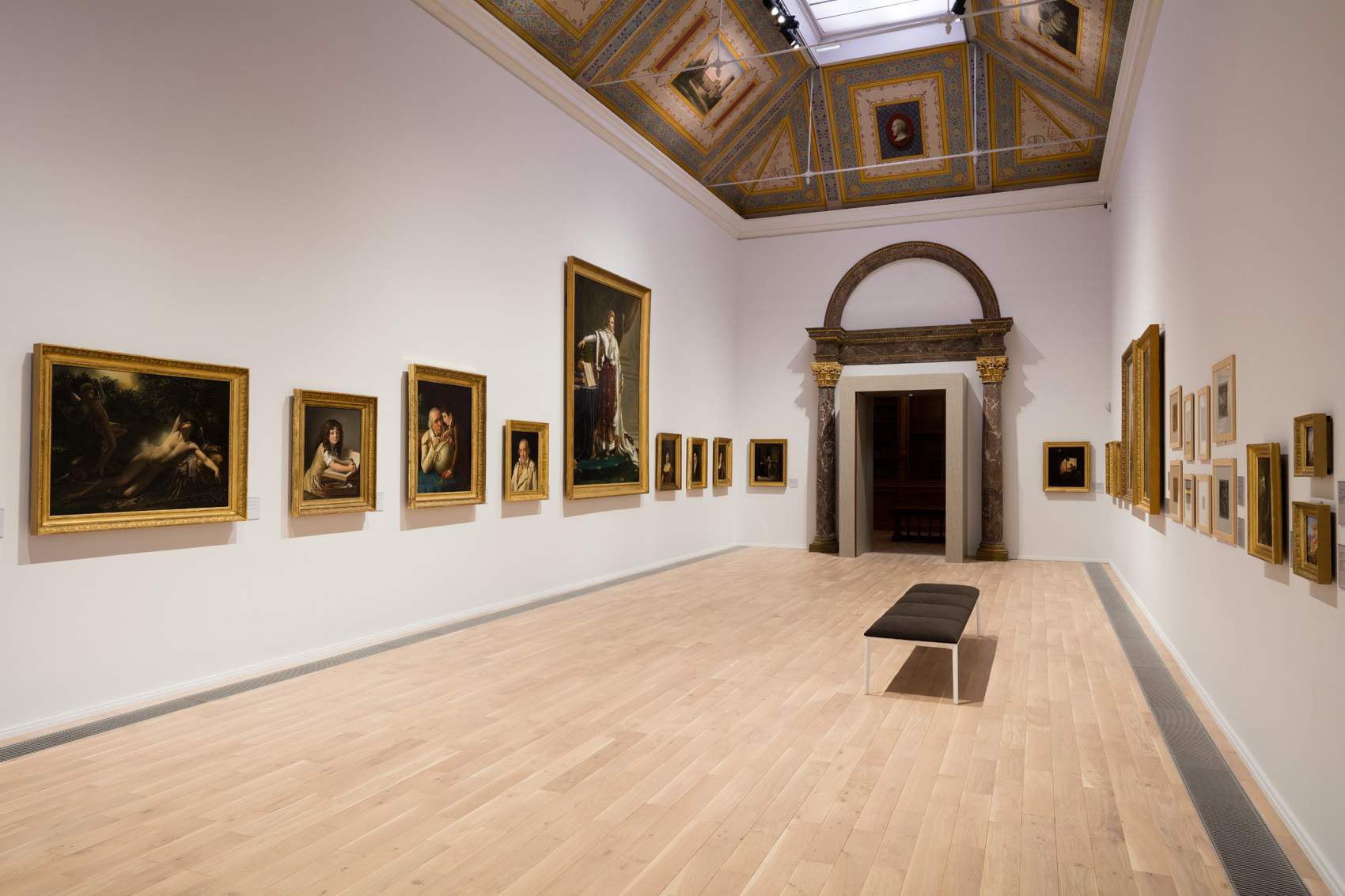Museums in France reopen today, but only the small ones: the Louvre and the big ones will have to wait until July
The déconfinement, or exit from the restrictive measures to contain the coronavirus Covid-19 outbreak, for museums begins today in France: however, only small museums are allowed to reopen their doors to the public, i.e., as Prime Minister Édouard Philippe stated in his May 4 speech, those “whose attendance does not involve long journeys for visitors and which do not attract too many people from different territorial basins.” An idea that, in some ways, coincides with the regulations on travel: in France, in fact, one can move within a 100 km radius of one’s home (as opposed to Italy, where one can move within one’s region, but without crossing its borders). In order to reopen, museums will have to have authorization from the prefecture: at the moment, however, there are no precise rules establishing which museums can reopen and which cannot, nor are there strict guidelines on how to divide “large” museums from “small” ones.
Indeed, in France there are no sanitation regulations specifically reserved for museums, nor are systems such as visitor quotas currently mandatory. Some general rules apply, such as physical distancing (in France, moreover, this is the locution that is used, as opposed to the “social distancing” mentioned in Italy) and the presence of hand hygiene devices are the main ones. The requirement to wear a face mask covers only certain areas, and has not been established for museums for the time being. It will be up to the institutions to work out individual safety measures, which will then be vetted by the prefect, who will decide whether or not to grant permission to open.
However, some guidelines to help museums were drawn up last May 8 by the Direction générale des patrimoines, the directorate general of the Ministry of Culture in charge of museums, with the aim of “accompanying the facilities, in the view that the first priority is the health and safety of workers and visitors,” and helping them reopen. There are two basic conditions: the first is the museum’s ability to put in place safety measures to protect workers and visitors, and the second is the nature of attendance, which must be primarily local, so that reopening does not involve travel. The document then divides operations to be done before reopening from those to be done during: in the former case, these are essentially sanitizing and cleaning operations, as well as staff training and dialogue with workers.
As for measures for reopening, the Direction générale des patrimoines prescribes distance of at least one meter between people (i.e., each person must have at least four square meters of space available), hand hygiene, and mandatory masks where physical spacing is not possible (museums, however, will not be required to provide them: they will only be able to turn away those who do not have them where they are needed). In addition, visitor flows will have to be controlled so as to avoid excessive promiscuity and enforce spacing rules (if necessary, it will be possible to modify visiting regulations), and again it will be necessary to make disinfectant gel available to the public at museum entrances and generally wherever necessary, encourage card and contactless payment, encourage online reservations, clean spaces more frequently (especially rest areas, stores, restrooms, and the like), do constant outreach, adapt routes and modalities of activities (such as guided tours and teaching) according to nullifying the risk of promiscuity (“arts and cultural teaching activities,” the document says, “will be possible provided they can be done under satisfactory sanitary conditions for workers and the public”), consider changing opening hours, and do not reopen bars, cafes and restaurants until nationwide rules are established. For workers, they recommend care for personal hygiene and especially hand hygiene; being able to be in a position to wash hands often; masks in case of “contact with the public”; barriers for ticket clerks; increased cleaning of spaces; disinfection of commonly used materials; open doors in offices to prevent touching; adjusting break shifts to allow for spacing and work shifts to prevent workers from being concentrated at peak times; avoiding meetings; regular ventilation of rooms where possible, every three hours for a minimum of 15 minutes; quick disposal of personal waste, which should be disposed of in designated containers.
As a result, not many museums are ready to restart yet: the France Inter agency has published an initial outline schedule after screening some of the major museums. Some important (though usually little visited) institutions such as the Musée des Beaux Arts in Agen, the Musée Girodet in Montargis, and the Museum of Cinema in Lyon, among others, reopen today. Instead, the Institut Giacometti in Paris, the Musée Soulages in Rodez, and the Musée de Grenoble will reopen in a few days. The major museums are scheduled to reopen on June 2, assuming the epidemiological situation for that date is favorable. Some museums, however, have let it be known that they will reopen in July: this is the case with the Louvre, the Musée d’Orsay, the Centre Pompidou, the Palais de Tokyo, and the Musée d’Art Moderne in Paris.
Pictured: a room in the Musée Girodet.
 |
| Museums in France reopen today, but only the small ones: the Louvre and the big ones will have to wait until July |
Warning: the translation into English of the original Italian article was created using automatic tools. We undertake to review all articles, but we do not guarantee the total absence of inaccuracies in the translation due to the program. You can find the original by clicking on the ITA button. If you find any mistake,please contact us.




























